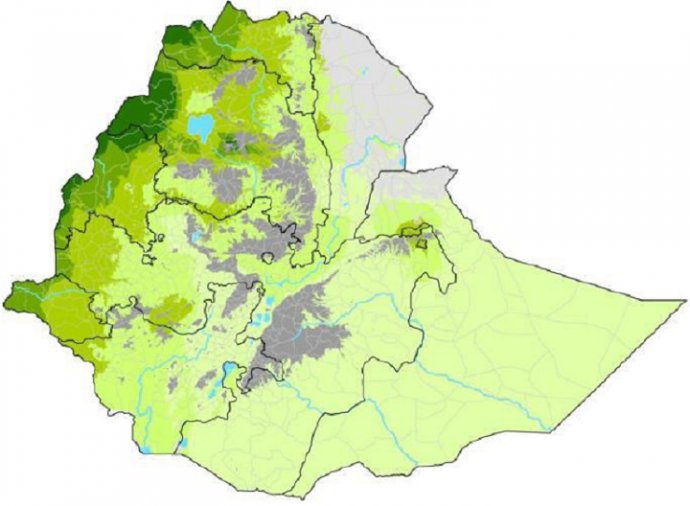Malaria in Ethiopia
Prevalence of malaria is estimated to be 1.3% (Malaria Indicator Survey 2011). Approximately 68% of the population is at risk from malaria. Transmission is unstable and mainly seasonal. Ethiopia is considered to be a low- to- moderate malaria transmission intensity country.
Since 2000, large areas of Ethiopia (about 39% of the population) have had very low Plasmodium falciparum parasite transmission intensity (PfPR2-10 <1%). This combined with areas of extreme aridity (inhabited by 0.84 million people) that is "near zero transmission" areas are the dominant feature across the country and represent operational challenges for malaria control. An estimated 27% of the population live in areas where no malaria transmission occurs while 17% live in highland fringe areas (c. 2000m above sea level) where there is higher risk of epidemics.
LINK activities
Making data available
LINK systematically collated and compiled data from online electronic databases and unpublished archived survey reports during Phase 1. A total of 1,380 estimates of malaria infection prevalence were identified at 1,285 unique locations between 1980 – 2012. Of the 1,380 estimates, 45% were from the national sample surveys of 2007 and 2011, 44% were obtained from other reports or journals with the provision of unpublished raw data, 7% were abstracted directly from journal publications, and 2.5% from master's and doctoral theses and two from conference abstracts.
Estimating malaria risk over space
The ecology of malaria transmission in Ethiopia differs significantly from that of its southern neighbours. Plasmodium vivax transmission is high however, we focused on mapping the risks of P. falciparum. In 2010, data from modelling on P. falciparum prevalence predicts that only 16% of Ethiopia’s population live in areas where malaria transmission is stable and represented by a parasite rate in children aged 2-10 years above 1%; and only 0.5% of the population experience transmission intensity above 10%. Areas of stable transmission require increased coverage of insecticide-treated nets, with attempts at reaching universal coverage, so that these areas may undergo a rapid epidemiological transition over the next five years.
Engagement with decision-makers
In 2014, an epidemiological profile of malaria in Ethiopia was produced by the KEMRI-Wellcome Trust Research team and National Malaria Control Team with help from the Ethiopian Public Health Institute, World Health Organization and Addis Ababa University for the Federal Ministry of Health, Roll Back Malaria Partnership and the UK Department of International Development.
No Phase 2 activities are currently planned as Ethiopia has a low malaria burden.
